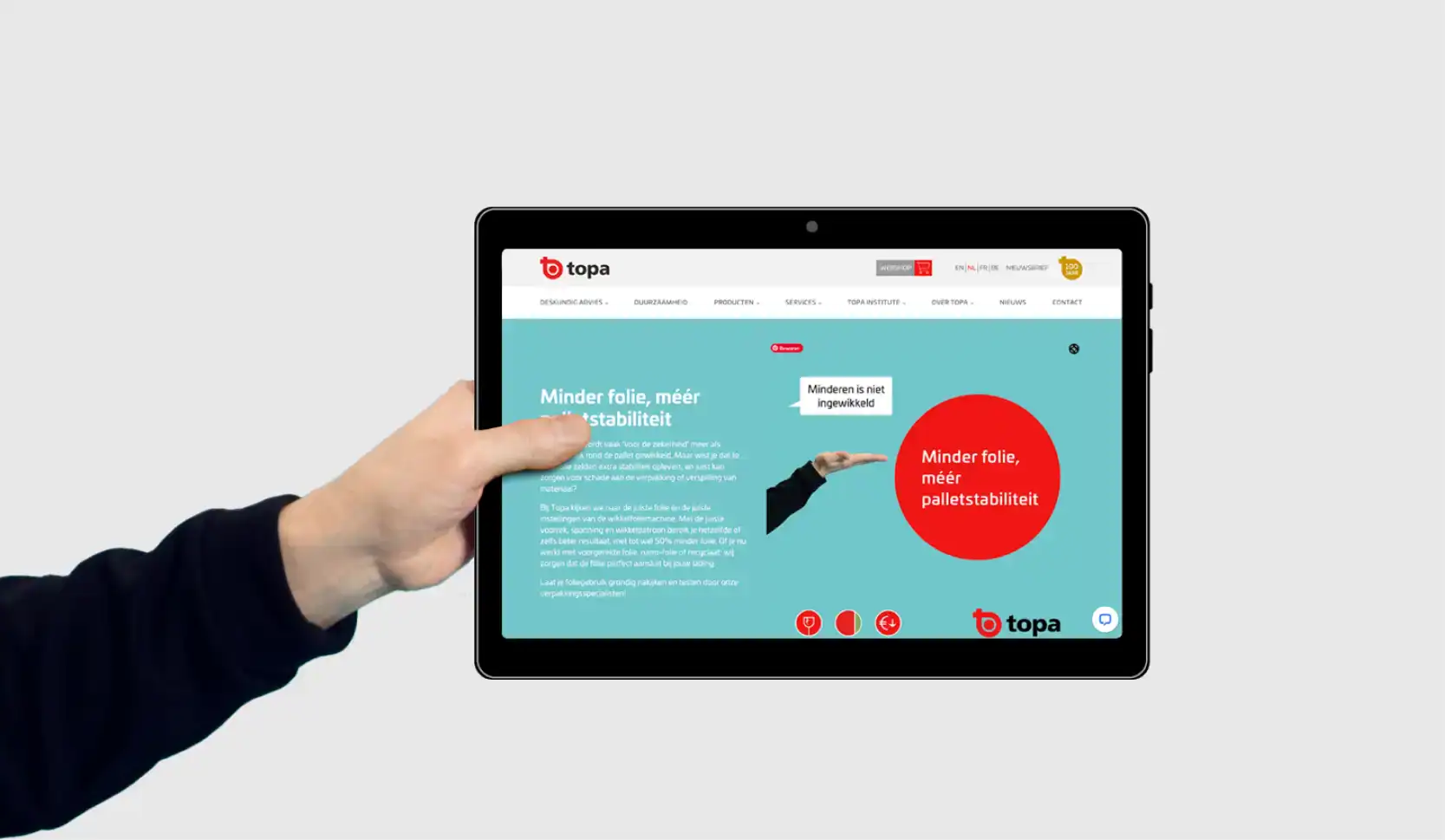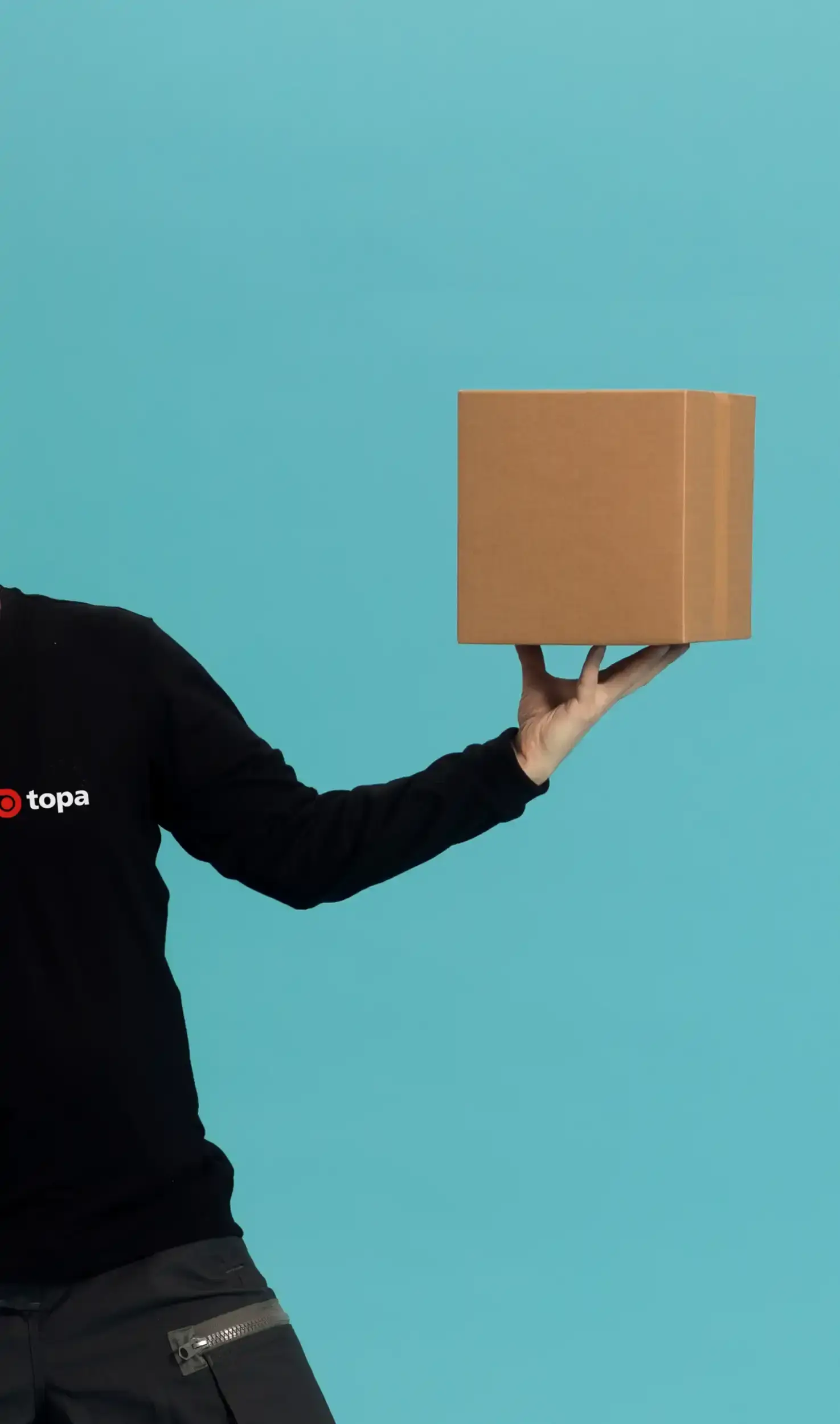Choose the right film

Choosing the right stretch film and optimising machine settings is essential to securing stable pallet loads. Standard film is often used without considering load type, transport conditions or opportunities to reduce consumption. But with the right setup, you can cut film usage by up to 50%, without sacrificing stability.
Film types and their uses:
- Hand vs. machine film
Hand film works well for low volumes. Machine film ensures faster, more consistent application for larger batches. - Pre-stretched film
This type has already been stretched during production. It requires less effort to apply, saving material while maintaining holding force. - Sustainable alternatives
New nano-films offer the same holding force with less material. Post-consumer recycled (PCR) content is also increasingly available.
Machine settings that matter:
- Pre-stretch
A setting of – for example – 200% pre-stretch can reduce film use significantly without affecting load security. - Tension and rotations
Too much tension causes damage; too little leads to instability. Proper balance is key. - Wrapping pattern
Standard wraps, cross wraps or reinforced corners; each load demands the right strategy.
Our specialists analyse your pallet loads and optimise every step of the process. Less damage, less waste, lower costs; that’s our promise.
Read the full article on which type of stretch film to use.
Want tailored advice? Call +31 252 245 200 or email info@topa.nl.
Less damage
Proper stacking, safe pallet height and tested packaging ensure stability and protect your products during transport.
Less material
Using the right film and machine settings can reduce film usage by up to 50%. Smart stabilisation techniques eliminate the need for excess materials.
Lower CO₂ emissions
Using less film and avoiding overpackaging directly reduces your carbon footprint. Every optimisation makes a difference.
Lower costs
Fewer damaged goods mean fewer returns, less rework, and lower packaging costs. Smart packaging pays off across the entire supply chain.


